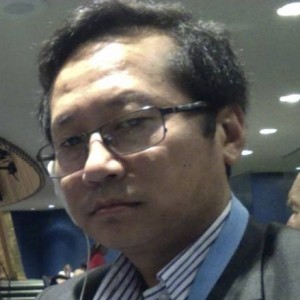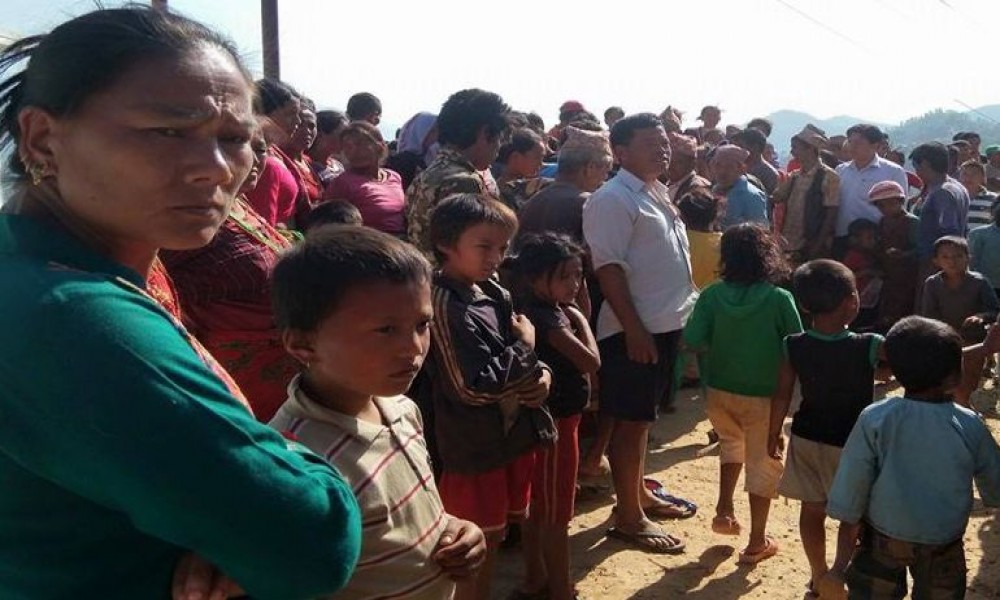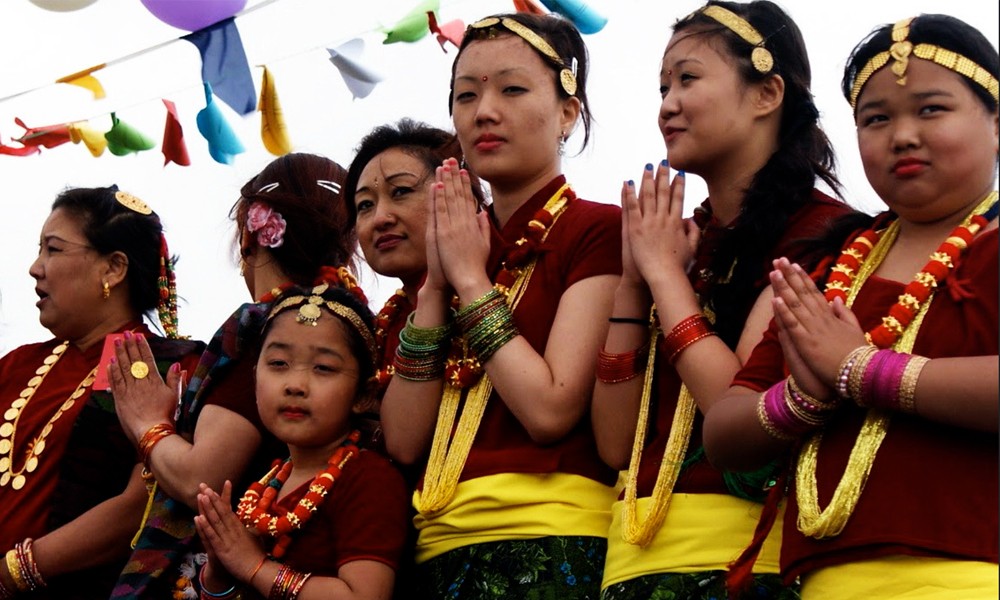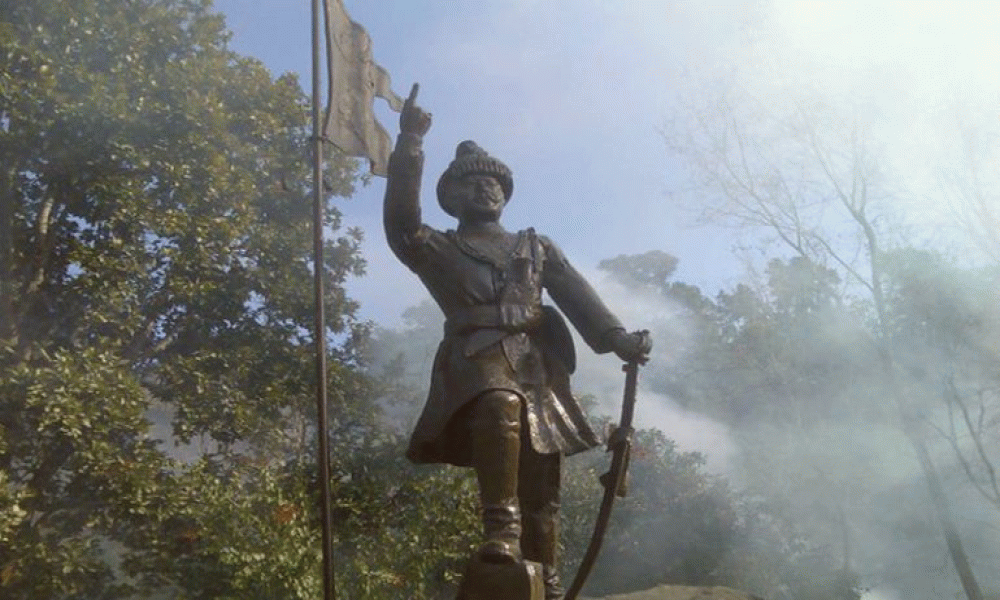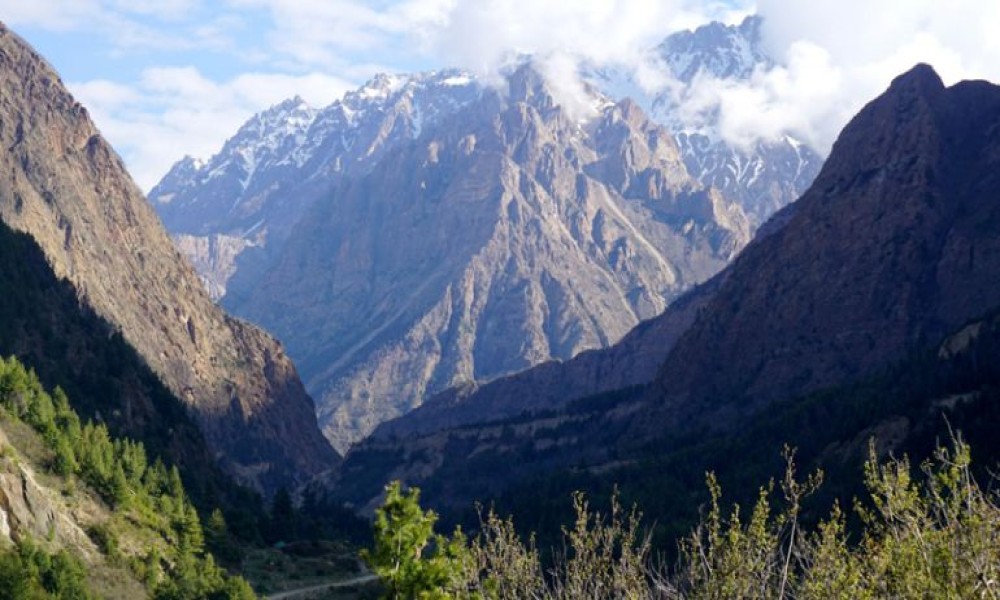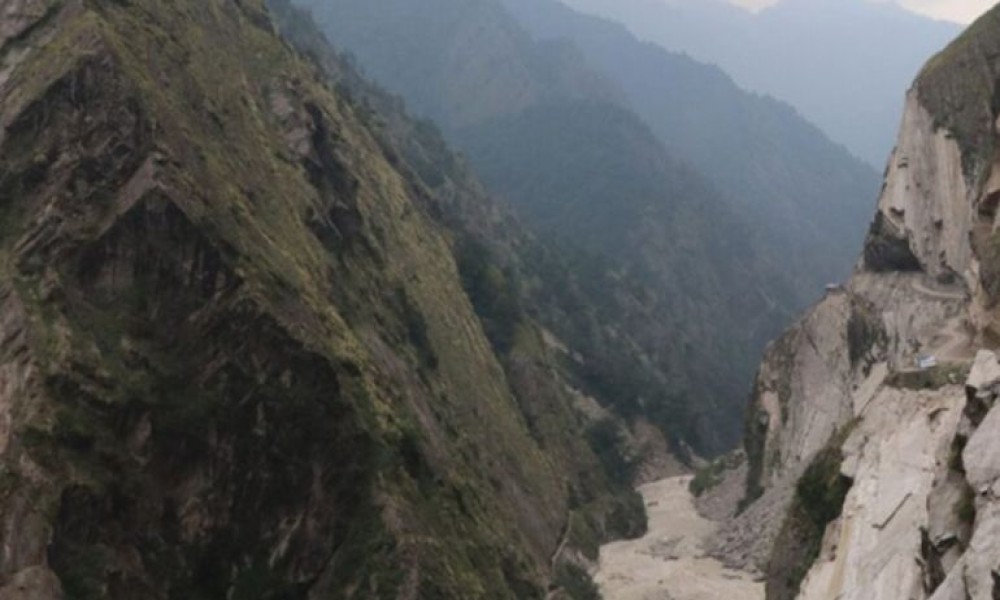Looking at constitutional practices of various countries, principles of human rights, verdicts of the Supreme Court, agreements reached with indigenous people in the past and issues finalized by the previous Constituent Assembly (CA), the draft constitution can be termed as discriminatory and anti-human rights. This article is an attempt to highlight discriminatory provisions of the draft constitution.
Provisions about language
The article 6 and 7 of the draft constitution have prohibited mother tongues from being used as official languages. It also implies that only those who speak Nepali (khas) and write Devanagari will be considered as Nepalis. It only allows provinces to use mother tongues as official languages. But even in that case, the mother tongues that are used as official languages should be spoken by the majority of people living there. So mother tongues of minority groups can never be official languages even in provinces. In that sense, people speaking any other languages than Nepali will be second class citizens. Therefore, all languages, mother tongues and dialects should be considered as languages of the nation and should be allowed to be used in the federal government.
Right to live with dignity
The article 21 and 55 of the draft constitution have failed to ensure indigenous people's rights to live with dignity. Also, there are no provisions for indigenous people to seek justice if their rights to live with dignity are violated. So, indigenous people might have to live in humiliation. So, indigenous people's rights to live with dignity should be defined as a fundamental right.
if the draft constitution gets endorsed, indigenous people will be relegated to the level of second-class citizens. Along with them, Madhesi, Dalit, Muslim and women will also face exclusion on the basis of their identity.
Rights to education
The article 36 (5) and 37 (3) of the draft constitution have limited educational institutions to secondary level. All levels of educational institutions must be allowed and the state should support them.
Not only discriminatory, but regressive
The article 47 is about inclusive participation in all government structures and public services. But the word 'inclusion' has not been mentioned. The words like 'proportional' and 'inclusion' were clearly mentioned in the interim constitution. That interim constitution had also clearly stipulated that Madhesi, Dalit, Indigenous People, Women and backward communities will be included in all state mechanism in proportion to their populations. But the draft constitution has not only omitted these lines but also recognized 'Khas Arya' as a beneficiary of the state's inclusion policy. In the words by political analysts Dr Krishna Hachhethu, the draft constitution has reserved 91 per cent of the all seats to Bahun/Chhetris. So, the draft constitution looks far more regressive. There are more regressive provisions in it. First, contrary to what the interim constitution stipulates, the draft constitution has postponed the task of naming and demarcating federal provinces. The issue of demarcation, which was sorted out by the state restructuring committee, has been revived. The parties have defied the Supreme Court (SC)'s order. So, due to all these reasons, the draft constitution is unacceptable to indigenous people, Madhesi, marginalized and backward communities.
Rights to freedom
Several clauses of prohibitory provisions enshrined in the article 22 (2) of the draft constitution have raised fears that indigenous people's rights to express their political opinion, open political parties and fight for their community's well-being will be severely crippled. There are also fears that those who raise ethnic issues will be termed communal and be framed under false charges.
The draft constitution has overlooked provisions of the ILO-169 and the UN Declaration on the Rights of Indigenous People.
Single caste supremacy
Cow remains the national animal. So, even though the country is secular, slaughter of cows, which is part of tradition of some of indigenous communities, will be outlawed. This provision has indirectly criminalized celebrating festivals and culture of Muslims and some indigenous people. So, continuing with the cow was the national animal is an attempt to maintain the dominant caste's supremacy.
Religious freedom or dominance of the Hindu religion?
The article 31 (3) of the draft constitution has curbed religious freedom. By declaring religious conversion as an illegal act, it has indirectly outlawed practicing all religions but Hindu.
Constitutional recognition of Khas-Aarya
The article 88 (2) has defined Khas-Arya – the dominant class that has never faced discrimination and exclusion in the history. This article seems to have been guided by a motive to maintain supremacy of Khas-Arya community. The draft constitution has also rejected rights of indigenous people ensured by international treaties and conventions, which Nepal is a signatory to. So, if any community benefits from this draft constitution, it is just the same old dominant one.
Against human rights
The draft constitution has overlooked provisions of the ILO-169 and the UN Declaration on the Rights of Indigenous People. So, if the draft constitution gets endorsed, indigenous people will be relegated to the level of second-class citizens. Along with them, Madhesi, Dalit, Muslim and women will also face exclusion on the basis of their identity. So, all these discriminatory and exclusionary provisions enshrined in the draft constitution must be corrected. Otherwise, the discriminated communities will never own it, and achieving peace and prosperity will be impossible.


